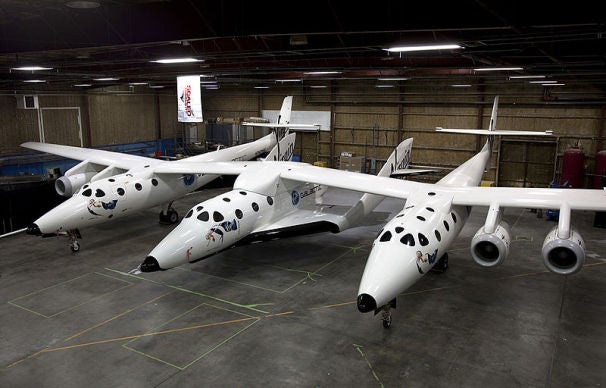For whatever-ists : enjoy!

*WARNING : PICTURE HEAVY POST*





















The successful landing of the Endeavor space shuttle (mission STS-134) marks the end of the space shuttle era. If you're wondering how are we going to continue sending astronauts to space, they'll be using the Soyuz for now until a better alternative could be found.
Here are some pictures of the STS-134 mission, one of them which is the new background of our blog :D
http://www.nasa.gov/mission_pages/shuttle/multimedia/index.html
Introduction

(copied from NASA – good introduction)
NASA's space shuttle fleet began setting records with its first launch on April 12, 1981 and continues to set high marks of achievement and endurance. Starting with Columbia and continuing with Challenger, Discovery, Atlantis and Endeavour, the spacecraft has carried people into orbit repeatedly, launched, recovered and repaired satellites, conducted cutting-edge research and built the largest structure in space, the International Space Station.
As humanity's first reusable spacecraft, the space shuttle pushed the bounds of discovery ever farther, requiring not only advanced technologies but the tremendous effort of a vast workforce. Thousands of civil servants and contractors throughout NASA's field centers and across the nation have demonstrated an unwavering commitment to mission success and the greater goal of space exploration.
Why does the space shuttle program has to end?
A summary from http://www.csa.com/discoveryguides/newshuttle/overview.php, in overview although the space shuttle, note the word shuttle, is quite a successful program, the program and all the technicalities behind it are already 30 years old and obsolete.
Of the 5 shuttles that were made, 2 of them are destroyed in what we call the “Challenger disaster” and the “Columbia disaster”. The experts who did post mortem found out very serious flaws in the original design which is largely the blueprint for all shuttles. The other shuttles also had their near-misses such as the the Discovery had its heat shield peeled off by foam in 2006. In comparison, the Russian Soyuz are statistically more safer than the shuttles.

A tombstone in memory of the crew of 7 people that perished in the Challenger disaster in 1986, in Arlington National Cemetary.
Another reason was that the cost versus achievement factor. In short, the space shuttles did not bring any Man back to the Moon. And, despite succeeding in providing shuttle services to space, the availability is still very much limited and have never changed over the years. The cost of launching a shuttle has not gone down. This somehow proves that space shuttle are not the way to go. Times have changed.

SpaceShipTwo is one of the new designs that is projected to bring the common man to space!
But the program has its merits too, such as facilitating the development of civilian aircraft that can now go to space, and promote space tourism. It’s not much, but it’s a small step toward more understanding (and fundings!) for space programs. And of course, the advent of memory pillows and bluetooth, among many other new technologies are thanks to NASA!
What’s next?
As in http://www.pcworld.com/article/227921/the_shuttle_program_is_winding_downwhat_next.html , the near future will be marked by rockets and the private space companies with cutting-edge spacecraft designs to take humans to space. After all, humans were blasted to the Moon with the mega rocket Saturn V!

With the innovation in material design (for example, graphene and carbon nanotubes), eventually we will see more arcane methods to go to space. Who knows, maybe the space elevator will be a reality in the future?